PPT-CH4 Pulmonary aspergillosis
Author : gutsynumero | Published Date : 2020-06-23
is a hot topic These infections are not unusual especially in the context of chronic obstructive pulmonary and immune depressed about The diagnosis can be strongly
Presentation Embed Code
Download Presentation
Download Presentation The PPT/PDF document "CH4 Pulmonary aspergillosis" is the property of its rightful owner. Permission is granted to download and print the materials on this website for personal, non-commercial use only, and to display it on your personal computer provided you do not modify the materials and that you retain all copyright notices contained in the materials. By downloading content from our website, you accept the terms of this agreement.
CH4 Pulmonary aspergillosis: Transcript
Download Rules Of Document
"CH4 Pulmonary aspergillosis"The content belongs to its owner. You may download and print it for personal use, without modification, and keep all copyright notices. By downloading, you agree to these terms.
Related Documents

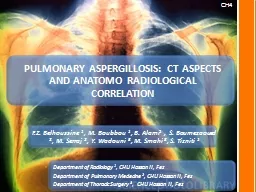
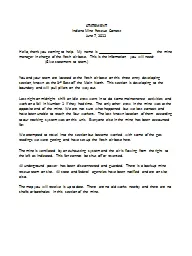
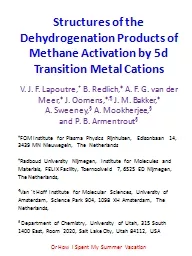
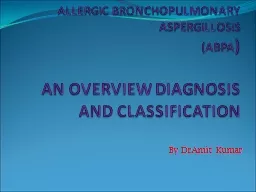




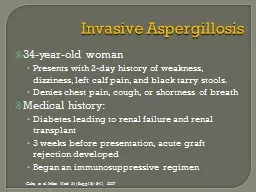
![Invasive Pulmonary Aspergillosis[IPA] as presenting manifestation of CKD](https://thumbs.docslides.com/784816/invasive-pulmonary-aspergillosis-ipa-as-presenting-manifestation-of-ckd.jpg)



